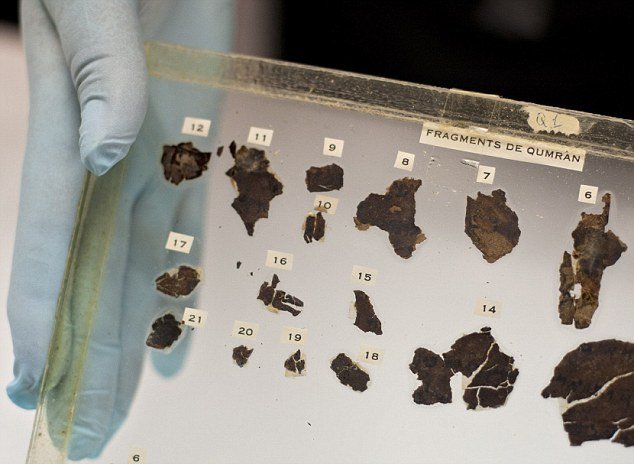(单词翻译:单击)
听力文本
This is NEWS Plus Special English. I'm Mark Griffiths in Beijing.
China's fast urbanization and booming tourism have threatened the preservation of ancient villages that have retained their local cultural heritage for generations.
China is home to 12,000 so called ancient villages according to a nation-wide survey of cultural heritage conducted one year ago.
These ancient villages account for 0.5 percent of the total number of villages in China. The ancient architectures in these villages represent the essence of Chinese culture and tradition.
Qian-dong-nan Miao and Dong Autonomous Prefecture in southwest China's Gui-zhou Province is home to more than 200 such ancient settlements. But their ethnic traditions keep fading in the country's modernization drive.
Due to a lack of proper preservation, some of these ancient residences have been damaged by fires, resulting in huge losses to the local traditional architectural heritage.
Related Chinese ministries are carrying out more research into these ancient villages and a detailed protection plan will be work out in the next three or five years.

An Israeli researcher says she has identified a nearly 2,000-year old textile that may contain a mysterious blue dye described in the Bible, one of the few remnants of the ancient color ever found.
Naama Sukenik of Israel's Antiquities Authority says that recent examination of a small woolen textile discovered in the 1950s found that the textile was colored with a dye from the Murex trunculus, a snail researchers believe was the source of the Biblical blue.
Researchers and rabbis have long searched for the enigmatic color, called tekhelet in Hebrew. The Bible commands Jews to wear a blue fringe on their garments, but the dye was lost in antiquity.
中文翻译
这里是NEWS Plus慢速英语。马克·格里菲思为您从北京带来报道。
中国的快速城市化和繁荣的旅游业使古村落保存受到了威胁,这些古村落的地方文化遗产已留传了数代人。
据一年前进行的全国文化遗产调查,中国拥有1.2万座古村落。
这些古村落占中国自然村落的0.5%。村落中的古代建筑代表着中国文化和传统的精髓。
黔东南苗族侗族自治州位于中国贵州省东南部,拥有这类古村落200余座。但是这些村落的民族传统因为现代化建设的影响而不断衰落。
由于缺乏适当的保护,一些古民居已经被火灾毁坏,给当地的传统建筑遗产造成了巨大的损失。
中国有关部门将对这些古村落进行更多研究,并在未来三到五年内制定出更详细的保护计划。
一名以色列研究员表示,她鉴定出一件拥有近2000年历史的纺织品中可能含有《圣经》中记载的神秘蓝色染料,这是迄今发现的少量遗留古代颜色之一。
以色列文物局的Naama Sukenik表示,他们近期对上世纪50年代发现的小件羊毛织物进行了研究,发现这件织物是用从环带骨螺身上提取的染料进行的染色,蜗牛研究员认为这是《圣经》记载的蓝色染料的来源。
长期以来研究人员一直在寻找希伯来人称为tekhelet的神秘颜色。《圣经》指示犹太人在衣服边缘缝上蓝色的流苏,但是这种染料却在古代丢失了。
译文属可可英语原创,未经允许,不得转载
重点讲解
重点讲解:
1. account for
(数量或比例上)占;
eg. Students account for 50% of our customers.
在我们的顾客中,学生占了一半。
eg. Cotton account for 70% of our export.
棉花占我们出口的70%。
2. result in
导致;引起;造成;
eg. Excessive dosage of this drug can result in injury to the liver.
这种药使用过量会损害肝脏。
eg. The philistine attitude of the public result in the work is abandoned.
由于公众对艺术不感兴趣,那个作品备受冷遇。
3. work out
想出,得到(解决方法);解(谜);
eg. The three parties will meet next month to work out remaining differences.
三方将在下个月会面,以解决余下的分歧。
eg. It is highly necessary to work out an emergency package.
制定一整套应急措施是非常必要的。


